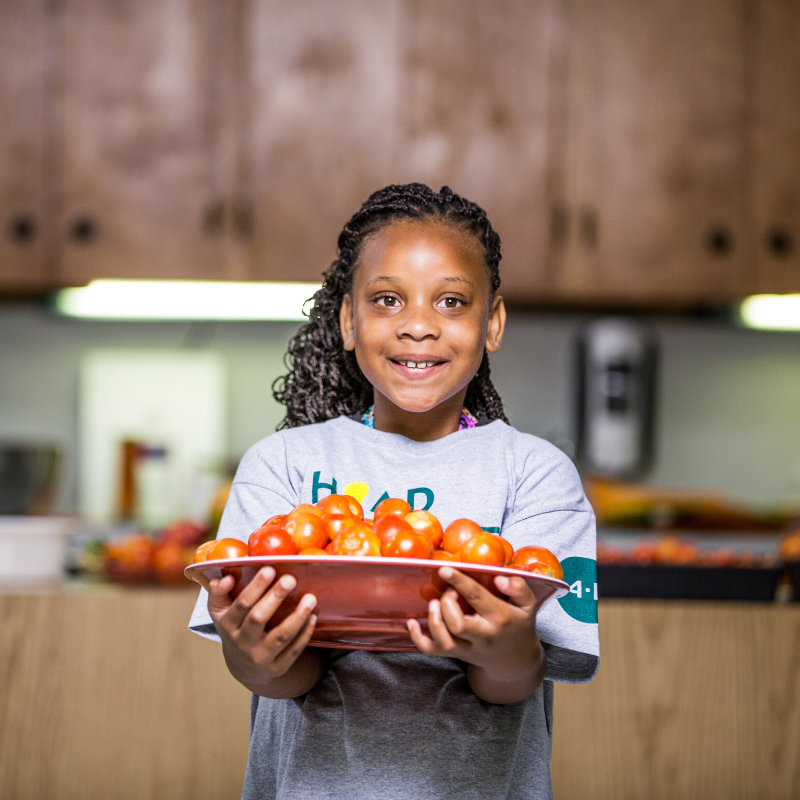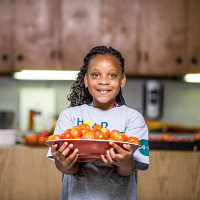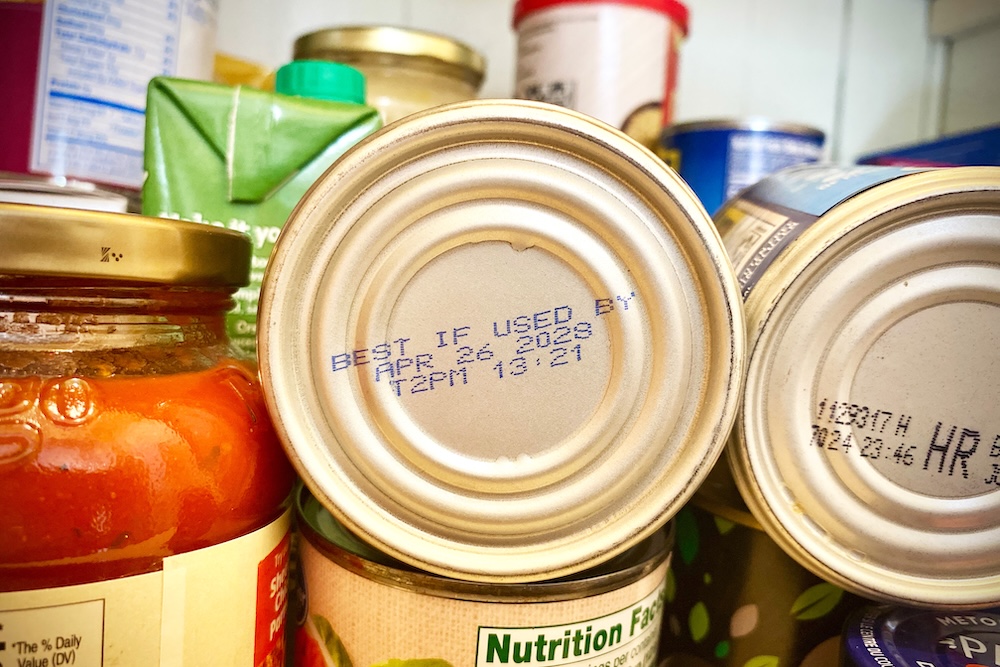Our nutrition and physical activity behaviors are not just the result of our personal choices. The environment or setting in which we live and family cultures and customs can also influence our choices and behaviors.
Parents can help encourage youth to adopt healthy habits through making small changes in the home and family setting that are supportive of health.
Making good food choices
With so much time spent at home, you may find that you are having more family meals than ever. This is good news — eating meals as a family has been linked to increased fruit and vegetable consumption.
Involving children and youth in meal planning and preparation can help increase their interest in trying new or healthier options.
Shake up the monotony of eating at home by planning a fun theme dinner, eating outside or even dressing up.
Avoid using food as a reward when possible and consider what non-food ways could be used as a celebration. Doing a fun activity together, small non-food rewards like stickers or earning “points” towards a bigger future prize are all good non-food options. Model positive attitudes about food in both your behavior and your language.
One easy way to support healthy food choices at home is to make healthier choices easily accessible. Try storing fresh cut fruits and vegetables in a designated space in the fridge where youth know they can go for a snack, or keep easy-to-eat options like clementine oranges and apples displayed attractively on the counter.
Staying active
Children and adolescents ages 6 through 17 years should do 60 minutes or more of moderate-to-vigorous physical activity daily.
Consider how your family’s routines have changed. If school or sports activities were providing most of the physical activity opportunities for the youth in your home, it may be a good idea to look for some activities to add to your at-home schedule.
In other cases, youth may be getting more activity than ever, as a less strict schedule can afford time for play, walks and activities with siblings.
Caregivers can support physical activity for youth by providing movement breaks during school-at-home activities, limiting screen time when possible and making physical activity a family activity.
Remember that for young children unstructured play can be a great source of physical activity. On a rainy day, online resources can be a good place to find fun, follow-along physical activity videos for younger children.
For older youth, offer opportunities for physical activity like family walks, practicing for a sport they enjoy or gardening together, but recognize their independence and do not force physical activity.
Find online nutrition and physical activity resources from University of Georgia Cooperative Extension and other recommended programs at georgia4h.org/about-us/resources/activity-resources/#healthy-living.








